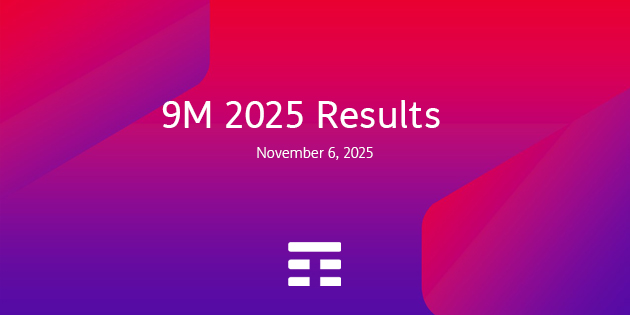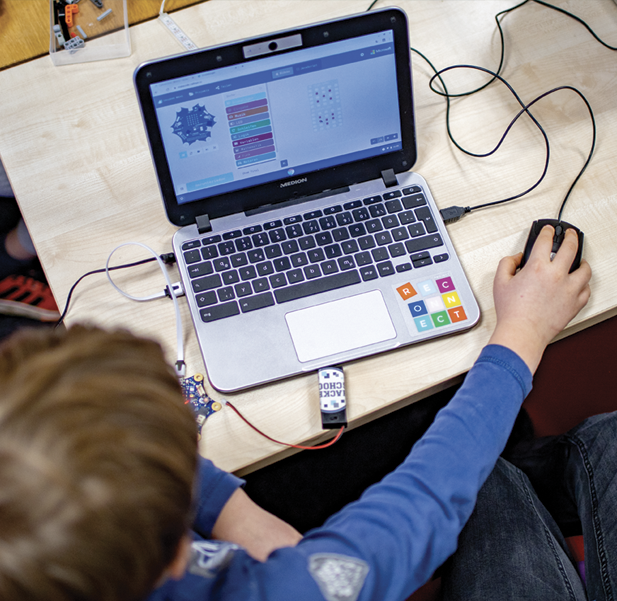ScuolaDigitaleTIM's Share the Code initiative targets students attending lower secondary school who are between 10 and 14 years of age.
Focussing on the intelligent city, the contest encourages young people to take a proactive approach to what surrounds them.
Everything ‒ home, school, neighbourhood or even the entire city ‒ can communicate through the internet and become smart, making the different areas more welcoming and suited to our real needs. How can you participate in this contest? You need to:
1 - come up with a project idea that involves the Internet of Things (IoT) and is based on “The Intelligent City”
2 – turn the idea into a project using one of the key technologies in the tutorial that you can watch on scuoladigitale.tim.it (e.g., Scratch with Tinkercad, mBot, micro:bit)
3 – create a presentation video (maximum: 1 minute long) about your project
4 – upload the project video by 19 May onto the Contest section of the scuoladigitale.tim.it website You also need to sign up on the ScuolaDigitaleTIM website, filling in the online form and accepting the initiative regulations, then uploading onto the website the release signed by your parents. The winners of the contest will be announced on 10 June on the ScuolaDigitaleTIM website. The prizes are as follows: 3rd place wins a mini computer, 2nd place wins a tablet, 1st place wins a tablet and an Inventor Kit.
The projects will be judged based on criteria such as creativity, technical accuracy, adherence to the theme and your storytelling ability.







